A single legendary river crossing spans through time, silently nestled within the Potomac River. Its currents and ripples cascading over solid rock witnessed the miraculous beginnings of many timely events and transformations. From Native Americans fishing the low waters to the thousands of wagons descending to its river’s edge, the ford holds the secrets of the past, its people, and their life journey. If only the river could talk, a whole new world would open before our eyes. We would hear about the people who lived here, who crossed the river here, and we would know without a shadow of a doubt from an eyewitness account that the land, the water, and the history belong to us all; it’s our past. The notorious river crossing is not easily recognized by so many today. The ford itself is intact, just as it was generations before. It’s not the visual landmark that is unrecognized. It’s today’s society that fails to recognize the importance of this river crossing. We all can change this by doing our part. Preservation and sharing with others is the answer, and by doing this, we all contribute to future generations. These actions create a beautiful, priceless gift that takes little effort to give. This article shares the extraordinary history of a river ford that existed over 291 years ago, the legendary Pack Horse Ford.
Remnants of fish weirs appear along the Potomac River from various resources such as aerial photography and modern satellite imagery. One can now only imagine the tribes and the villages that once lived along this river. Titus Ulke stated that the Analostans, Piscataways, Nacostians, Tuscaroras, Ojibwa, Sioux, and Blackfoot tribes lived along the Potomac. The archaeological data from Ulke describes the tools used by these tribes. One of particular interest appears to be an ax used for buffalo skinning. Slightly curved and pointed at the end, the material, according to Ulke, seems to be of quartz and polished with sandstone. Many examples exist in museums from the Plains tribes and their later version of the buffalo skinning knives. By the mid-17th-century, the Potomac River tribes and villages were no longer living in the area for the most part. But, the natural river crossing would have enabled their survival in this area for generations.
Old field stones dot the landscape near the ford. 1720, 1725, and 1728 are carved on these stones marking the death of a loved one long ago. A small settlement emerged during this period, and many historians reference the name as Pack Horse Settlement. Logically, it stands to reason that the only natural crossing for the river would also contain an early settlement. The graves, located on what once was Cookuses’ property, may also consist of other surnames such as Kephart and Hentzin. Further research will reveal the family names living in this area as early as 1716 and before. The Great Wagon Road Project is currently researching the road from York, Pennsylvania through Maryland, and the discoveries are fascinating.
Philemon Lloyd’s 1721 map does not show any ferries along the Potomac River. The Lloyd map also does not mention any roads or fords. The Winslow map, dated 1736, clearly reveals the Pack Horse Ford and points out the location of Samuel Taylor. Taylor would later petition for a license to operate a ferry in this specific area. The Frye-Jefferson map of 1755 neglects to demonstrate the original route of the Great Wagon Road leading away from the Pack Horse Ford. In fact, this map displays two “wagon roads” for the period. One led to William’s Ferry, and the other led to the Pack Horse Ford. The two separated roads would later join forces and merge in Baltimore County, Maryland, north and east of the Monocacy River.
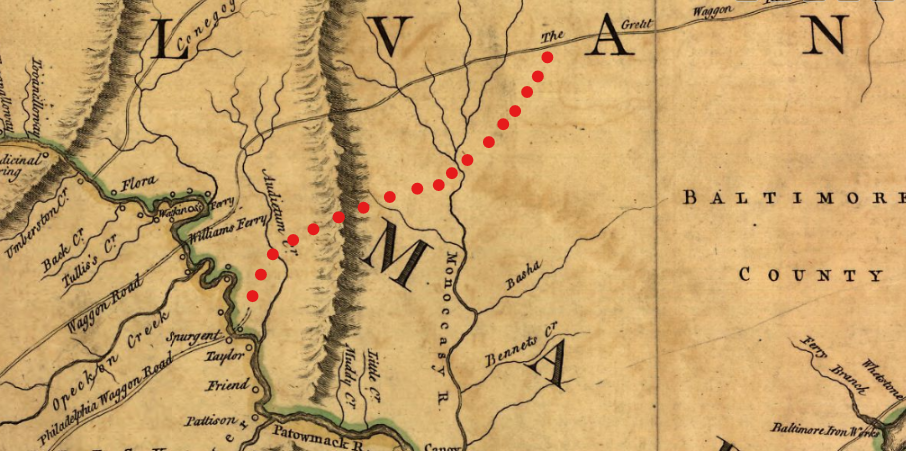
One question that plagues every family historian’s mind is where did my ancestor cross the Potomac River? Many professional historians believe that the Pack Horse Ford lost its popularity during the 1750 decade due to the new editions of ferries. The question is, does the data support these claims? The ferry crossings were not free, and each of these had pre-authorized rates. An example of the rates are as follows:
3 pence for man or horse
18 pence for coach and driver
12 pence for a four-wheel chase
6 pence for a two-wheeled cart
3 pence for every head of cattle
1/5th of 3 pence for goat and sheep
1/4th of 3 pence for hog
Ferry records are available from the 18th-century period. These records can pinpoint the exact ferry crossing your ancestors may have used. You can find these records within local historical societies, state archives, university libraries, and personal collections. The autumn months were the chosen time for these families to travel and from data obtained from research, the Great Wagon Road Project believes the Pack Horse Ford remained popular for decades.
This article would not be complete without mentioning the packhorse trains that crossed this ford. Salt, rum, medicine, small hardware, sugar, and gunpowder are some of the main items carried on these trains. Drivers were responsible for the items and the care of the horses along the long roads. For a small price, these hired men traveled the narrow passageways. One horse could carry two bushels of alum salt weighing approximately 170 pounds. Three hundred or more horses would make up a large train. The bells attached to the bridles signaled others ahead that the train of horses were approaching. The history these pack trains hold is vast and fascinating to research.
The ford crossing was also relevant as a major factor during the Civil War. Two Union Regiments, including the 118th Pennsylvania, crossed here in 1862 heading into what was known then as Virginia. The men of the 118th Pennsylvania did not know that their first battle of the war would soon take place. As the soldiers made their way along rough terrain, A.P. Hill’s division of the Confederacy began forming along the ridgeline. From their position, they began shooting the men below one by one. The 118th Pennsylvania Regiment began heading back to the Pack Horse Ford. Later journals would note the men in blue falling in the Potomac waters stretching from bank to bank. A vast amount of history in one location.
The Great Wagon Road Project continues to concentrate in this immediate area along the Potomac River. The genealogies and their history date over three hundred years. Much of this concentrated research begins at the mouth of Opequon Creek and John Williams, circa 1736. Also included are the home sites of the Spurgent family, Taylor, Swearingen, and Shepherd family. A thorough investigation into the old Cartledge Road through the mountain pass is part of the current research. Military missions along the Conococheague Creek to the Potomac from Braddock and others are not exempt from our studies. Crossing the ford was dangerous and prone to accidents that could be fatal. Newly located records containing vital information lead to members of the Spurgent family aiding many of these traveling groups to safety as they crossed the Pack Horse Ford.
Piedmont Trails will have more about this famous crossing in the days ahead. What other ford in the eastern United States can compare to the Pack Horse Ford? Rare in history, unique in character, and longstanding with time, the Potomac river represented the way to a new life. Crossing the water was a great relief to the traveling families. For those who could not afford the ferry, the ford offered a way to new lands and new opportunities. Just thinking about the vast number of people who crossed here is phenomenal. Let’s all put forth the effort to continue the future preservation of this river crossing by sharing this article with others, and enjoying your journey to the past. One of the most documented river fords along the eastern sections of the United States is the legendary Pack Horse Ford.
Sources:
- The Artifacts of The Potomac Valley Indians by Titus Ulke
- Historic Shepherdstown by Danske Dandridge published by The Michie Company, Charlottesville, Virginia 1910 pp. 19-39
- The Great Wagon Road by Parke Rouse, Jr The Dietz Press Richmond, Virginia 2008 pp. 167-169
- Roads of Colonial Western Maryland by Ted Ellis published Columbia, South Carolina, 2020 p.64, 106-107, 114
- Maps of the First Survey of the Potomac River by James W Foster
- Philemon Lloyd map of Maryland 1721
- Benjamin Winslow map of Maryland 1736
- Fry-Jefferson Map 1755
Categories: Featured Articles, Great Wagon Road Project, Maryland, Virginia, West Virginia


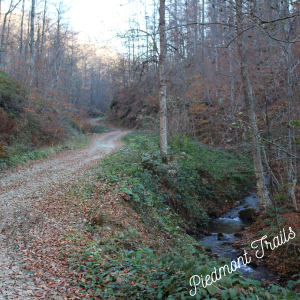
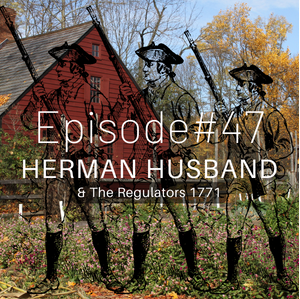
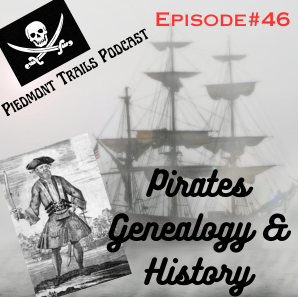
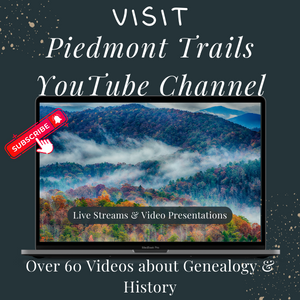





where can I find the lists?
LikeLiked by 1 person
Hi Thomas,
The article doesn’t mention a list. What type of list are you searching for?
LikeLike